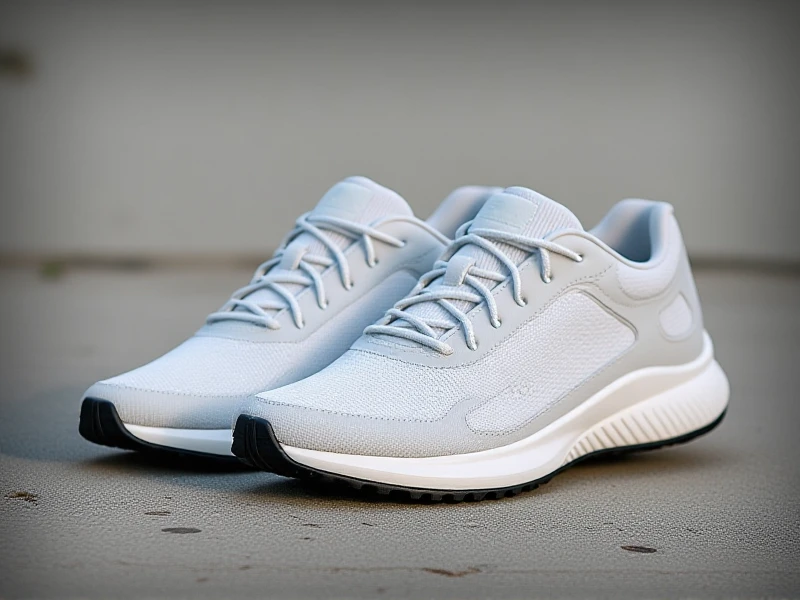
Finding Your Perfect Running Shoes: A Step-by-Step Guide
Choosing the right running shoes is crucial for performance and injury prevention. With countless options flooding the market, understanding key features empowers you to make informed decisions. This guide simplifies the process, helping you run longer, faster, and safer.
Understanding Your Foot Type
Begin by assessing your arch type: neutral, low (flat feet), or high. Your arch determines pronation—how your foot rolls during impact. Neutral runners suit stability shoes with balanced support. Overpronators benefit from motion control or stability running shoes. High arches demand cushioned footwear for shock absorption. Visit specialty stores for gait analysis or try the "wet footprint test" at home.
Key Features to Prioritize
- Cushioning: Crucial for shock absorption. Opt for thick midsoles with compounds like Ethylene Vinyl Acetate (EVA) or TPU for long-distance comfort.
- Drop: The heel-to-toe height difference (e.g., 8mm vs. 4mm). Lower drops encourage midfoot striking; higher drops reduce Achilles strain.
- Fit: Always size up by half a size. Your toes need room to splay during impact to avoid blisters or black nails.
- Breathability: Mesh uppers prevent overheating and moisture buildup.
Consider Your Running Surface
- Road Running: Lightweight shoes with smooth outsoles.
- Trail Running: Prioritize aggressive lugs (grip) and protective plates against rocks.
- Treadmill: Minimalist designs suffice.
Lifecycle & Replacement
Good running shoes last 300–500 miles. Rotate two pairs to prolong midsole integrity and reduce injury risk. When you detect worn treads or inconsistent cushioning, replace them immediately.
Top Styles in 2024
- Maximalist: Plush cushioning (e.g., Hoka Bondi)
- Carbon Plated: Speed-focused lightweight designs (e.g., Nike Vaporfly)
- Zero-Drop: Natural foot-strike alignment (e.g., Altra Torin)
Final Tips
- Shop late afternoon—feet expand post-run.
- Wear socks you’ll run in during fittings.
- Re-thread laces to avoid pressure hotspots.
- Replace insoles every 6 months for optimal support.
Investing time in selecting quality running shoes pays dividends through injury-free miles and peak performance. Remember: when your feet thrive, so does your run.